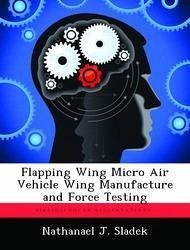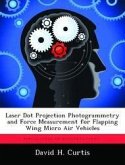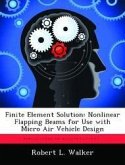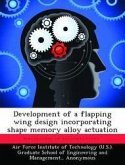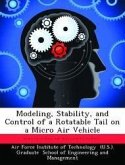Numerous wing manufacturing techniques have been developed by various universities for research on Flapping Wing Micro Air Vehicles. Minimal attention though is given to repeatability of wing aerodynamics and dynamic response, which is crucial to avoid asymmetric flapping. Thus the focus of this research becomes twofold. First, repeatable wing manufacturing techniques are developed to ensure flapping wings have similar aerodynamic and dynamic characteristics. For this purpose, four wing designs were selected to not only test the aerodynamics of the different designs, but to also validate manufacturing techniques. The various wing designs are assessed using two methods: dynamic and aerodynamic data. Dynamic data, specifically the wing's structural dynamic response, is measured using a 3D laser vibrometer. From this vibration data, the wings natural frequency modes can be determined which should correlate strongly within the various wing designs if the manufacturing techniques are repeatable. Next, using a piezoelectric flapping actuator, the four wing designs are flapped with force data collected. This data is then used to determine the aerodynamic characteristics of each wing. From the two methods of wing evaluation, it was found that the wings manufactured using a three-layer carbon layup showed greater structural dynamic modal repeatability as compared to one-layer carbon wings. Additionally, Wing Design 3 flapped with the most efficiency with a significantly higher lift to drag ratio as compared to the other wing designs. From this research, the wing manufacturing techniques are quantitatively shown to be repeatable while an optimal wing design based on the maximum lift-to-drag ratio is found which can be used for future research.
Hinweis: Dieser Artikel kann nur an eine deutsche Lieferadresse ausgeliefert werden.
Hinweis: Dieser Artikel kann nur an eine deutsche Lieferadresse ausgeliefert werden.

